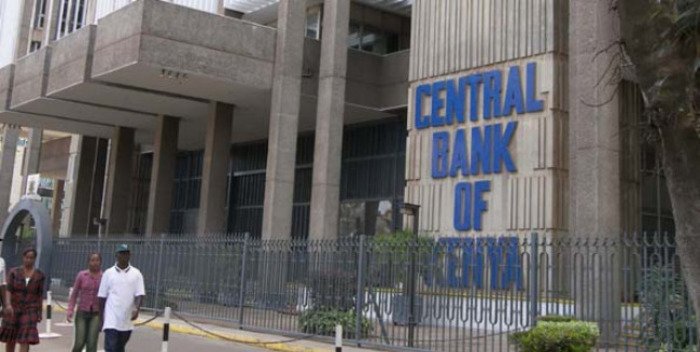Kenya’s economy has shown resilience over the past year, compared to its peers in the region. However, recent data from the Central Bank of Kenya (CBK) shows an increasing public debt, a weak currency, and dwindling foreign reserves.
There are also concerns that the new administration is more focused on increasing tax revenue rather than rationalising expenditure. This raises doubts over its ability to meet the fiscal deficit targets.
With lessons from other SSA economies like Ghana, investors need to keep close tabs on these red flags, as they may be early warning signs of a major problem ahead.
In December 2022, the International Monetary Fund (IMF) gave the Kenyan economy a clean bill of health. According to the fund, Kenya showed strong resilience against a turbulent global economic backdrop.
Like many economies in sub-Saharan Africa (SSA), Kenya faced tight external financing, surging US dollar, volatile international commodity prices and elevated global uncertainties.
However, Kenya’s real GDP grew by 6 percent y/y in the first half (H1) of 2022 despite a continuing drought, while tax overperformance and a strong commitment to its IMF programme helped contain risks.
After a fourth review of Kenya’s economic recovery programme, the IMF praised the new Kenyan leader, President William Ruto, for staying the course of fiscal consolidation and for his strong emphasis on tax revenue, despite pressures from delayed, unbudgeted, and emergency spending.
Kenya’s 2023/2024 macroeconomic targets
The Kenyan government has projected a growth of 6% for FY 2022/2023 against a backdrop of an economy recovering from the COVID-19 pandemic, rising costs of debt, projected drought, rising cost of goods, among other factors.
The government plans to achieve its growth target through an aggressive revenue generation and has projected to increase its ordinary revenue from KES 1.81 trillion (US$14.5 billion) to KES 2.14 trillion (US$17 billion), equivalent to 15.3% of the country’s GDP.
On expenditure, the East African country intends to increase its total expenditure from KES 3.2 trillion in FY 21/22 to KES 3.34 trillion in FY 22/23. The Kenyan government has projected a fiscal deficit of KES 862 million (6% to the GDP) in FY 2022/23.
To achieve this, the government intends to restrict growth in recurrent spending through reduction of non-priority expenditure and re-double efforts on revenue collections.
Recent economic developments in Kenya
Recent data from the Central Bank of Kenya (CBK) shows that Kenya’s public debt has hit KES9.145 trillion ($73 billion), equivalent to 62.3% of GDP, made up of KES4.472 trillion ($36 billion) in domestic debt, KES37.88 billion ($303 million) publicly guaranteed debt, and KES4.673 trillion ($37 billion) in external debt.
Kenya’s debt stock is gradually inching closer to the KES10 trillion ($80 billion) ceiling set by Parliament in June last year. Repayment of billions of bilateral and commercial loans has also taken a heavy toll on Kenya’s foreign-exchange reserves.
The country’s reserves have depleted to its lowest level in 88 months at $7 billion (SES870.7 billion, equivalent to 3.92 months of imports), according the CBK. The reserves fell from $7.38 billion, or 4.13 months of estimated imports, on January 19 and $9.62 or import cover of 5.89 months on September 5, 2021
There are also concerns that the new administration is focused more on raising revenue through taxes, instead of rationalising its expenditure. Kenya’s recent Supplementary Budget submitted to Parliament showed an increase in the overall spending from KES 3.36 trillion (US$26.8 billion) in the original budget presented to Parliament in April 2022 to KES 3.37 trillion (US$ 26.9 billion).
Is Kenya heading for another crisis?
Interest in Kenya’s bonds has soared over the past months. Yields on Kenyan Eurobonds have shrunk by up to 51 percent since July 2022. This puts the East African nation in better position to access external commercial financing.
However, the country’s debt stock, which is almost at the ceiling set by its legislature should be of concern to investors. The Kenyan shilling weakened 9% against the dollar last year and has increased the pressure on the country’s external debt repayment.
The fall in the country’s hard currency reserves is also an indication that the Kenyan government has started servicing its foreign debt from its reserves, which is also not a sign of a healthy economy.
Although Kenya has not gone completely off the rail, recent developments in the East African country brings to mind how the economic situation in other SSA markets like Ghana started.
The IMF programme has positioned Kenya on a sound footing. However, the Kenyan authorities need to focus on the targets set under the IMF deal and put measures in place to whip up investor confidence in the Kenyan economy.































